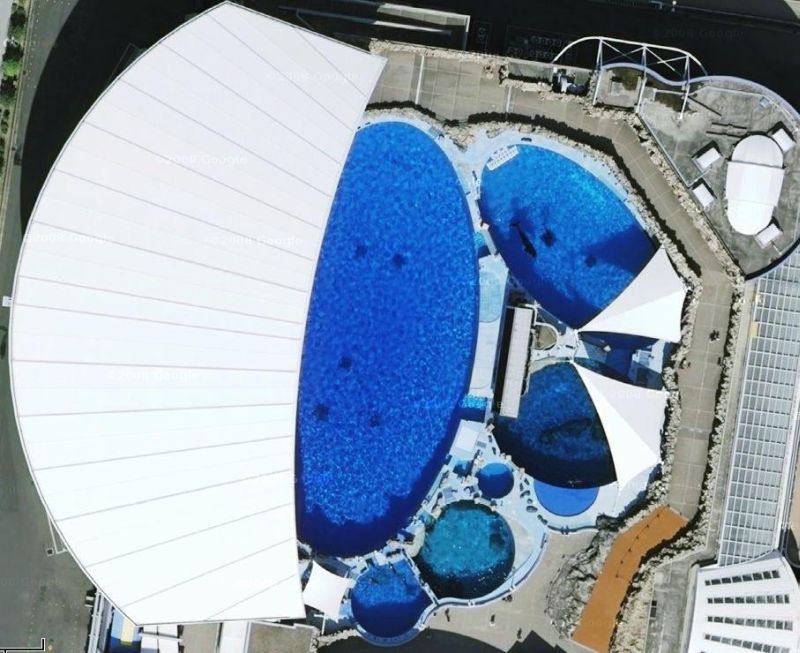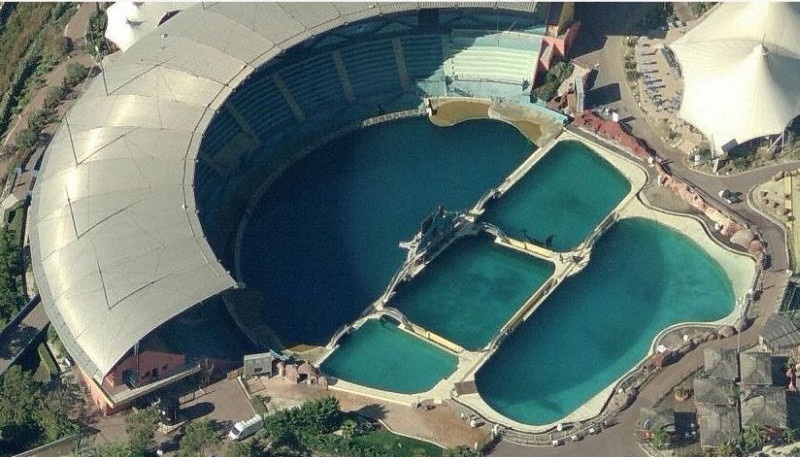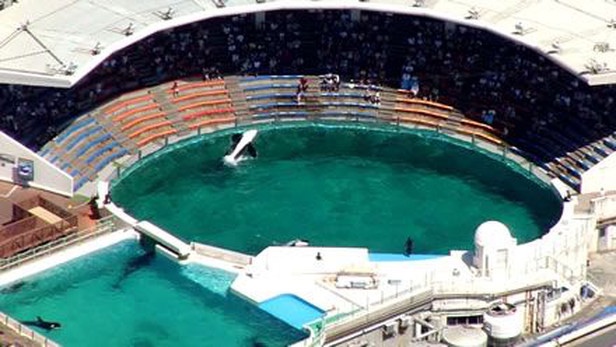An underlying issue with captivity is confining large, long-ranging predators in small, cramped tanks. In the wild, orcas are capable of swimming up to 100 miles a day and diving to depths of 850ft. With no current orca tank measuring longer than 220ft, or deeper than 50ft, the restrictions forcefully imposed upon orcas are drastic.
Although tanks at marine parks and aquariums may seem massive in comparison to a human, it is not a human who must live in these conditions. Considering male orcas can reach up to 32ft in length, with females reaching up to 28ft, even the world’s largest orca tank dimensions appear inadequate, and rightly so. Conscious of how visitors may view the tanks as small when comparing their size to that of the orcas, marine parks and aquariums use giant show pools as centrepieces for their stadiums. By using this layout, guests are less likely to see the significantly smaller back pools where the animals spend the majority of their time.



Photos submitted by HaH.
Another deception tactic stems from how facilities refer to the size of their tanks. Marine parks very rarely state the length, depth and width of their tanks in metres or feet. Instead, they choose to state the number of million gallons their complexes hold. For example, as stated on SeaWorld’s website: “The killer whale habitat at SeaWorld Orlando, for example, encompasses more than 6 million gallons.” This may sound impressive but six killer whales and four pilot whales share the Orlando complex – that’s 600,000 gallons for each animal who all have the potential to grow over 18ft.
As if the environment orcas are forced to live in wasn’t uncomfortable enough, they have to endure the obnoxious noise pollution of a hectic marine park first hand, dealing with blasting music, screaming crowds and even fireworks from opening until closing hours. Within the confines of a series of tanks, there are no peaceful, quiet areas to retreat to whenever they feel the need to. They must endure it all until every guest leaves and the marine park closes for the night, only for the surge of noise to return once daylight hits.
SeaWorld Orlando’s Shamu Rocks show finale.
Note the use of fireworks around highly sound-sensitive animals.